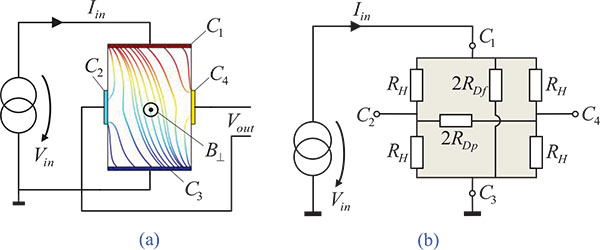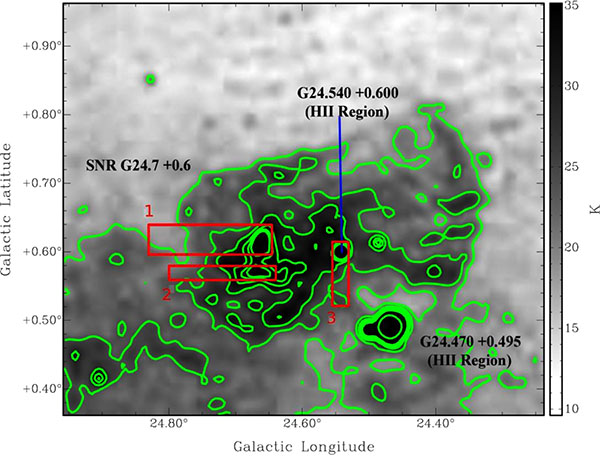RESEARCH ARTICLE
Matching the Discrete BFKL Pomeron to DGLAP§
H. Kowalski*, L.N. Lipatov, D.A. Ross
Article Information
Identifiers and Pagination:
Year: 2014Volume: 1
Issue: Suppl 1: M9
First Page: 62
Last Page: 65
Publisher Id: PHY-1-62
DOI: 10.2174/1874843001401010062
Article History:
Received Date: 25/11/2013Revision Received Date: 24/01/2014
Acceptance Date: 25/01/2014
Electronic publication date: 31/12/2014
Collection year: 2014
open-access license: This is an open access article licensed under the terms of the Creative Commons Attribution Non-Commercial License (http://creativecommons.org/licenses/by-nc/3.0/) which permits unrestricted, non-commercial use, distribution and reproduction in any medium, provided the work is properly cited.
Abstract
The discrete BFKL formalism which accounts for the running of the coupling and incorporates information about the phase of the oscillations at small transverse momentum, arising from the infrared properties of QCD, leads to a QCD pomeron consisting of a set of discrete Regge poles. Here we discuss under what circumstances this discrete pomeron leads to an amplitude which matched the prediction of a DGLAP analysis in the double leading logarithm limit.












